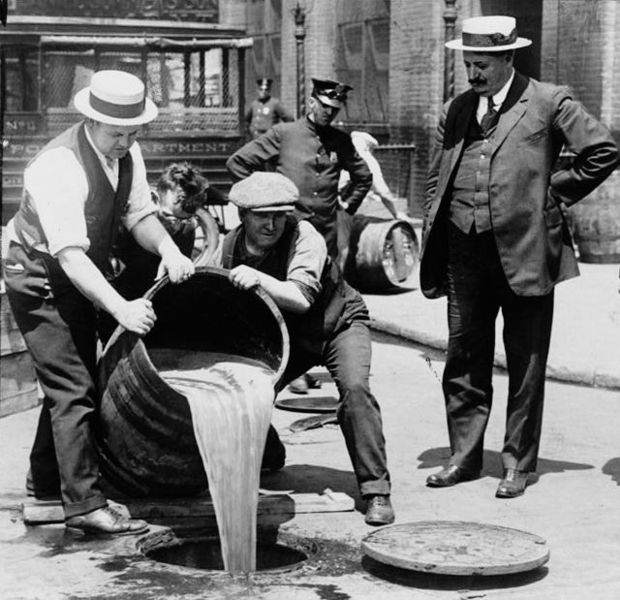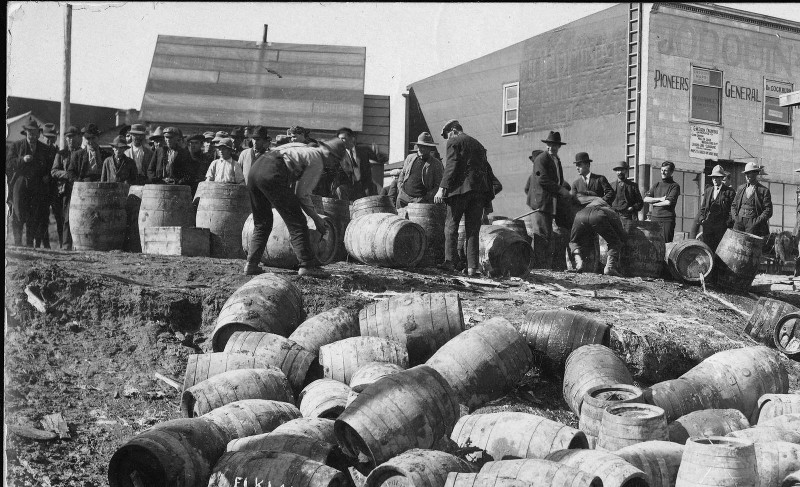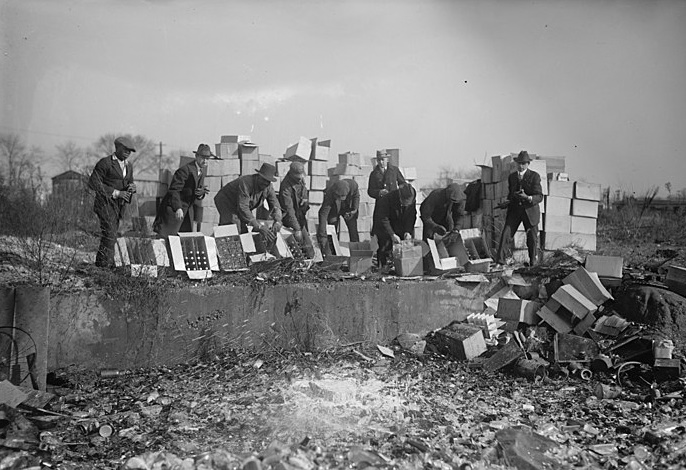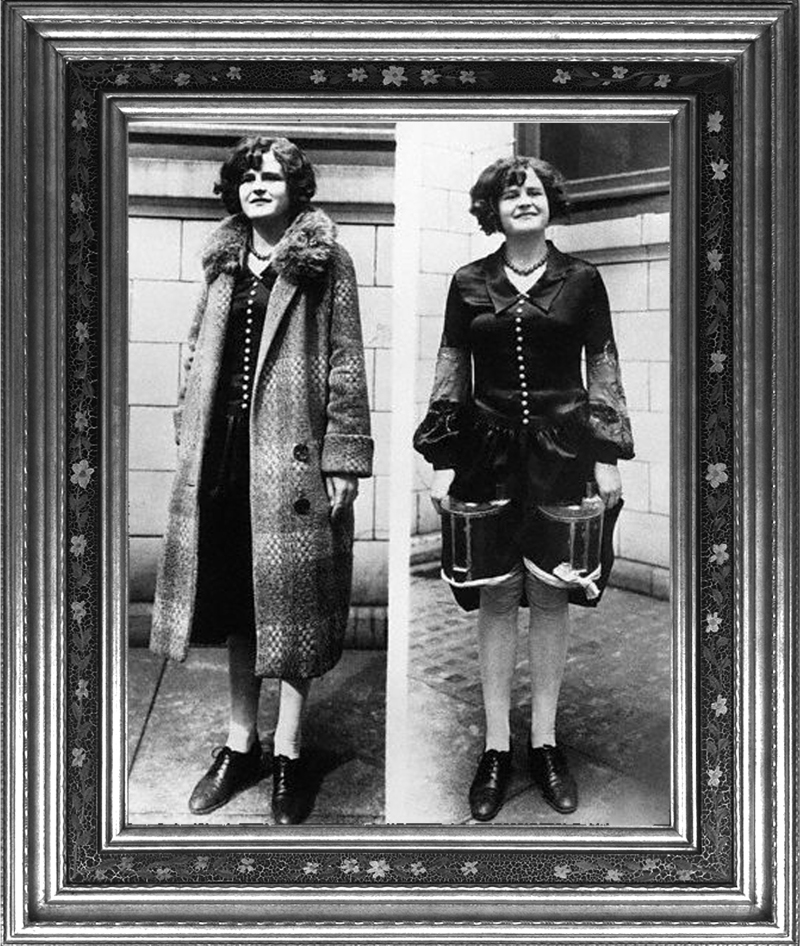A lopsided battle
Alcohol smuggling in the U.S. reached record heights during prohibition, and this despite endless seizures and the destruction of huge quantities of liquor.
Customs officers had their hands full. An officer stationed in Sutton from 1925 to 1965, oftentimes working the trains, tells us about those crazy years.
A dramatisation of Gérard Veilleux discussing the prohibition period. (captions available in both French and English). View this video with an English transcript.
By the mid-1920s, organized crime had taken control of the illegal liquor trade. Smugglers had more ways to outwit customs officers: things like very fast cars, sometimes armoured; weapons; smoke screens; and more sophisticated ways to disguise packages and hiding places. At the same time, though, the risks of the trade increased, as this local bootlegger tells us.
What smugglers did during prohibition (captions available in both French and English). View the video with an English transcript.





